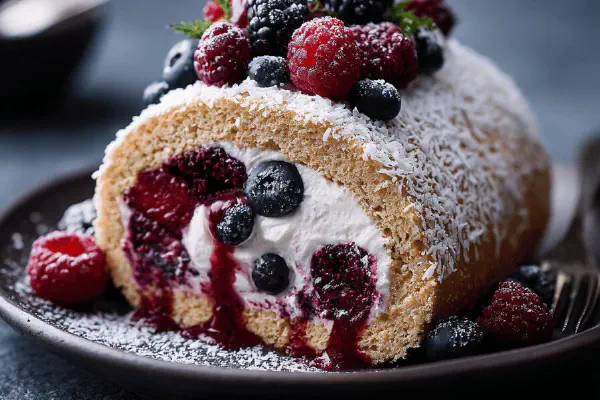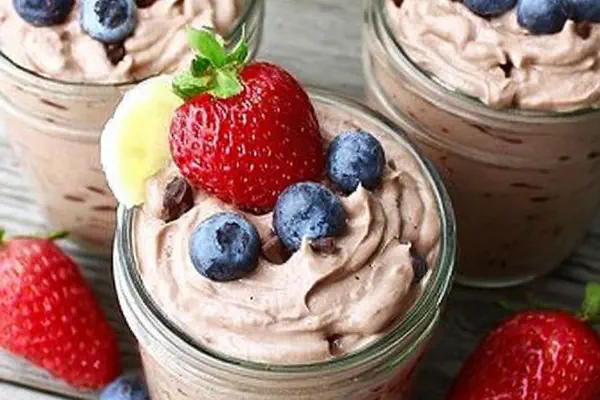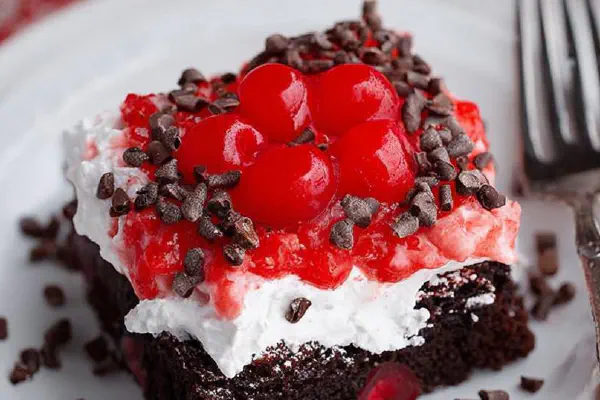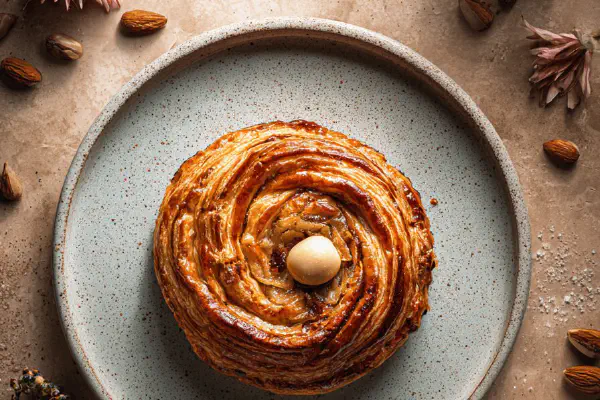Featured Recipe
Berry Meringue Nests
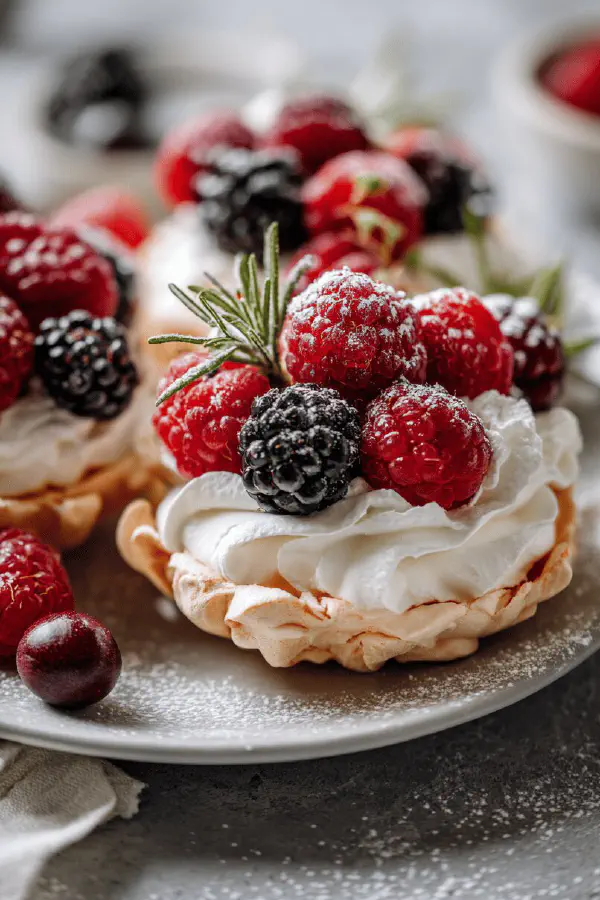
By Kate
"
Meringue nests baked low and slow till crisp outside, saccharine-white interiors yielding under fork. Fresh berry mix sweetened with powdered sugar balanced by thickened cream lightly whipped. Cornstarch and lemon juice swapped to tweak texture and brightness. Oven door ajar during cooling locks in crunch. Eggs at room temp for volume; sugar added gradually to avoid gritty texture. Bakes at 95°C, drying out meringue without browning. Fruits prepped just before plating; cold cream folds atop nests, berries piled high. Keeps airy, not soggy. Egg white foam, baking dry, berry zing, creamy richness. Technique matters here, timing less strict—trust look and feel, not watch.
"
Prep:
35 min
Cook:
Total:
Serves:
6 servings
dessert
berries
French cuisine
meringue
whipped cream
Introduction
Start with eggs at room temperature. Don’t rush whipping whites—slow sugar addition key, grainy textures ruin all. Cornstarch swapped for more precise texture, lemon juice brings balance, replacing vinegar’s mellow tang for sharper note. Oven low, long, with door ajar at end to set meringue structure right. Cooling matters as much as baking. Berries tossed just before plating keep them fresh, tart, not soggy or weepy. Cream whipped soft, scooped atop nests, brightened by juicy fruit. Timing secondary to feel: meringue dry, matte, crackling to touch. The smaller tweaks make the difference between fragile but stable or fragile and sticky mess.
Ingredients
About the ingredients
Scaling sugar quietly upward from original keeps meringues stable longer; superfine ideal to avoid grainy foam. Cornstarch-laced acid keeps meringue strong, prevents moisture seepage but swapping vinegar for lemon juice sharpens flavor profile, less mellow, more citrus crisp. Eggs cold? Bring them out 30 minutes before whipping for maximum volume. Freshness of eggs matters—older whites separate better but won’t whip up as voluminous. For fruits, powder sugar is a must; granulated dissolves too slowly and will dull berries’ brightness. Cream substitutes like coconut cream work, watch whipping closely—different fat contents whip differently. For parchment, ensure no wax finish, else meringues stick.
Method
Nests
- Preheat oven to 95°C (200°F) with rack centered. Line baking sheet with parchment.
- Mix cornstarch with lemon juice until smooth; set aside. Lemon juice replaces vinegar here – sharper acid helps stability and brightness.
- Beat egg whites until foamy but no peaks. Begin adding superfine sugar very slowly, spoon by spoon, whisking constantly until stiff, glossy peaks form. Slow sugar addition prevents grainy meringue. Test by rubbing between fingers—smooth, no sugar grit.
- Gently fold in cornstarch-lemon mix with a rubber spatula, not overwhipping and risking collapse. Adds texture, stops weeping.
- Using a 50 ml (1/4 cup) ice cream scoop, drop six dollops spaced out on tray. With back of spoon, make a dimple in each for filling. Use a swift, confident motion to keep aeration.
- Bake 2 hours and 10 minutes. Surface should be dry, slightly matte, just starting to crack. Take care not to brown—color change means overcooked, flavor off.
- Turn oven off, prop open door with wooden spoon. Leave meringues inside at least 1 hour or until cool to touch. This gradual cooling dries out interior, prevents collapse or sticky softness.
- Remove nests completely cooled before filling.
- In mixing bowl, lightly toss raspberries and blackberries with powdered sugar. Fine sugar avoids disintegrating fragile berries; sweetens without excess moisture.
- Whip cream until soft peaks. Avoid overwhipping—should billow lightly, not grainy or turning to butter.
- Just before serving, spoon cream into center of nests, mound berries snugly on top. Serve immediately to keep texture contrast.
- If no superfine sugar, pulse regular granulated in blender briefly for finer grit. Regular sugar risks grainy meringue.
- Room temperature eggs trap more air, giving stiffer peaks and volume. Cold whites slower to whip and denser.
- If meringue sweats or weeps, you whipped too fast or ingredients too warm/humid. Try again on drier day or use air-conditioned kitchen.
- Berries can be switched: sliced kiwi and cherries work well too. Adjust sugar to taste.
- Heavy cream replaced with coconut cream for dairy-free version, whipped similarly.
- Storage: Meringues separate from cream/fruits by several hours to keep crisp. Assemble last minute.
- Watch texture closely at each step—sight and feel over timer.
Berry filling and assembly
Tips
Technique Tips
Beat whites starting slow, build up speed—if too fast, peaks stiffen too quick and sugar won’t incorporate well, leaving grains. Sugar slow drizzle crucial to dissolve completely; stops gritty texture. Folding cornstarch-lemon mix gently to avoid deflating foam; a few strokes, not a full fold. Shape nests quickly—cold utensils chill batter, slowing meringue crumbling; warm spoons better. Bake low and slow for crisp, dry exterior; color pale, not browned, signals doneness. Cool in turned-off oven with door propped open to avoid cracking from sudden temp change, allows moisture to fully escape. Whip cream separately, fold berries very gently to avoid crush. Assemble last-minute to preserve texture contrasts, keep nests crisp, cream and fruit fresh. Keep in mind kitchen humidity affects drying times: drier air, quicker bake.
Chef's Notes
- 💡 Egg whites need room temp to trap air. Whip slowly; sugar addition must be gradual. If too fast, you'll end with grainy мeringue. Cornstarch trick—adds stability. Room temp too warm? Try chilling tools.
- 💡 Overwhipping cream is a risk, just until soft peaks form. Test by lifting whisk—should hold shape but fall easily. Substitutes for cream? Coconut cream whips nicely too. Adjust sweetness.
- 💡 Humidity affects meringue. Sweaty days? Lower temp in oven, longer baking time. Meringues need steadiness here. Cracking? Meringue not dry enough. Oven door ajar helps avoid sudden temp changes.
- 💡 For berries, powdered sugar only, granulated won't cut it. Coarse sugar ruins texture. Make sure to toss berries gently—don’t crush. Kiwi and cherries offer nice swaps. Adjust sweetness for different fruits.
- 💡 Storage tips. Assemble right before serving, keeps nests crispy. Meringues keep well, but moisture kills crunch. Fruits can soak meringues, so keep them apart until last minute.
Kitchen Wisdom
How do I fix grainy meringue?
Slow sugar addition. If it's grainy, you rushed the process. Use superfine sugar next time. Temperature also matters.
Cream turned to butter, what happened?
Overwhipped; watch peaks closely. Whip just until soft. Consider using chilled bowl for better hold.
How to avoid collapsing meringues?
Drying time matters—don't skip. Oven door open cools gradually. If humidity's high, longer drying time needed.
Can I store the assembled dessert?
Best not to. Separate components, keep cool. Final assembly short before serving ensures freshness and texture.
